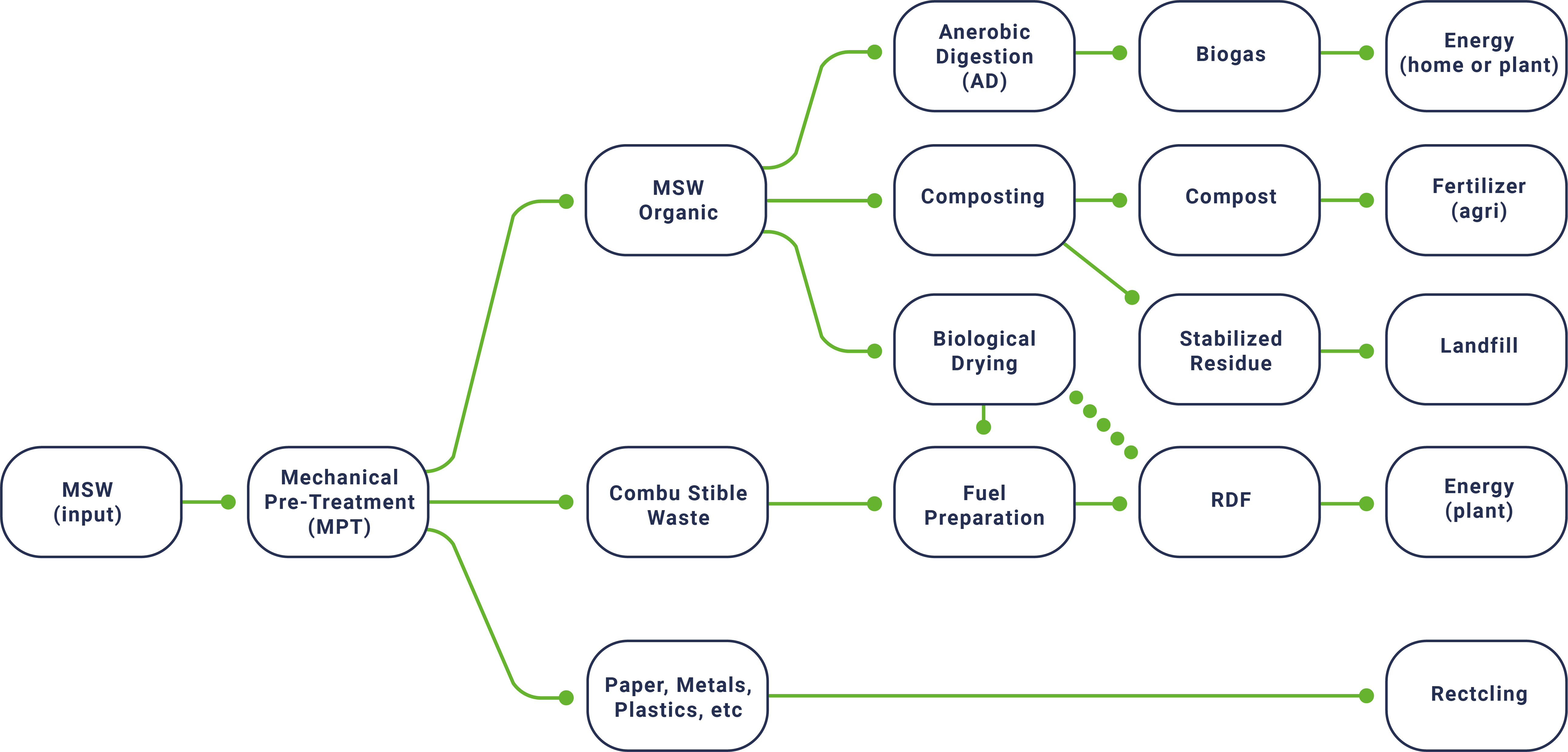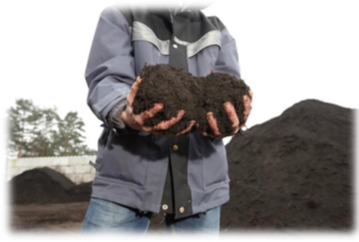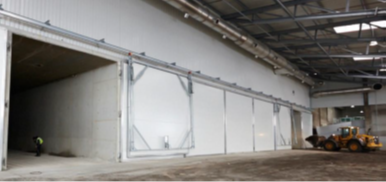MBT FACILITIES

The concept of MBT originated in Germany where it is an established waste treatment method.
Regulatory restrictions on landfill space, subsequent landfill bans, the search for alternatives to incineration and increased costs of alternative disposal have been the major drivers for the development of these Technologies.
Growth will be mainly driven by the implementation of European-wide energy and waste legislation, such as the Landfill Directive and the Waste Framework Directive
Renesco, serves primarily international operating and integrated waste treatment companies

BIOLOGICAL TREATMENT
Anaerobic digestion (AD) is an economically and politically preferred treatment method for organic waste streams. WTT-RENESCO can supply two different AD systems to be able to find the optimal solution for each specific situation: the Dry AD batch process and Wet AD systems.
Composting and biodrying WTT-RENESCO’s biological tunnel process is individually controlled in order to provide each batch with a tailor-made treatment
Odour reduction systemsWTT has developed a wide range of odour-reduction systems, including bio filtration and air humidification technology
Mechanical Treatment
WTT-RENESCO specializes in designing and constructing the most efficient and sustainable integrated mechanical solutions. Without adequate mechanical treatment, aerobic and anaerobic biological processes will not function
By cooperating with our suppliers throughout the world, we are able to provide solutions at any time and place. No matter what mechanical technology is required. WTT-RENESCO will always select the most suitable equipment for the benefit of our clients.
Mechanical Biological Treatment (MBT)
WTT believes that integrating mechanical and biological technology in waste treatment facilities is the way forward. WTT is one of the biggest European players in building integrated mechanical biological treatment installations (MBT)
TURNKEY SOLUTIONS
The turnkey approach ensures WTT-RENESCO as owner of the complete process technology. Hereby WTT-RENESCO can avoid duplicating expensive processes and suboptional interfaces between different suppliers and technology.
SERVICE OFFERING
WTT can offer several service packages including plant audits, training and the complete management of spare and wear parts. The customer is assured of in time delivery of required original spare and wear parts that support a plant performing at its best, without spending a lot of time to procure necessary parts itself. WTT can offer its customers attractive prices due to bulk purchase.
Types of Digestion Plants:
WET SYSTEM
Biomass is turned into soup, soup is digested in stirred tank reactor.
Dry solids in reactor 5-12%
Continuous system
SEMI-DRY SYSTEM
Biomass is more like sludge, digested in plug-flow reactor.
Dry solids in reactor 10-20%
Continuous system
DRY SYSTEM
Biomass is solid, digested in a tunnel without diluting.
Dry solids in reactor 20-40%
Discontinuous system (batch process)
Natural process which takes place in swamps. Recognized by the fermenter tank (“big balloon”)
Different words for the same process:
Anaerobic digestion plant(AD plant)
Fermentation plant
Digestion plant
Biogas plant
Anaerobic (Oxygen < 1%)
- Biomass + heat => inerts+ CH4 + CO2
- Endotherm (heat demand)
- Biogas in the system (Explosive)
- 3 –4 weeks duration
- End product = digestate(no compost!)
- Lignin not decomposed










